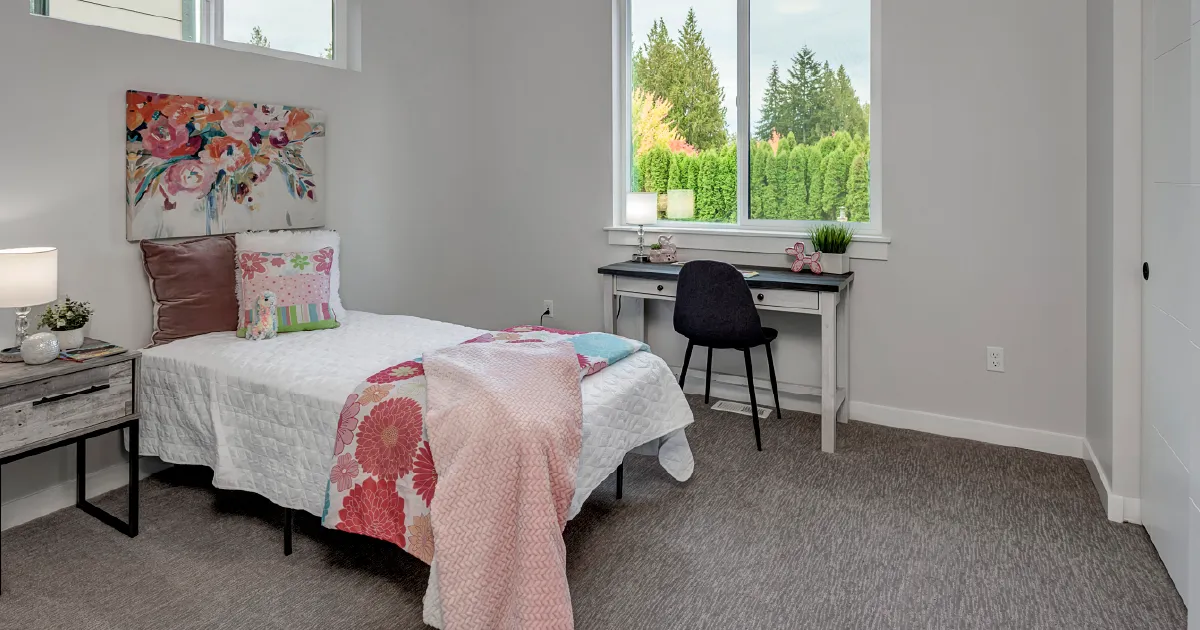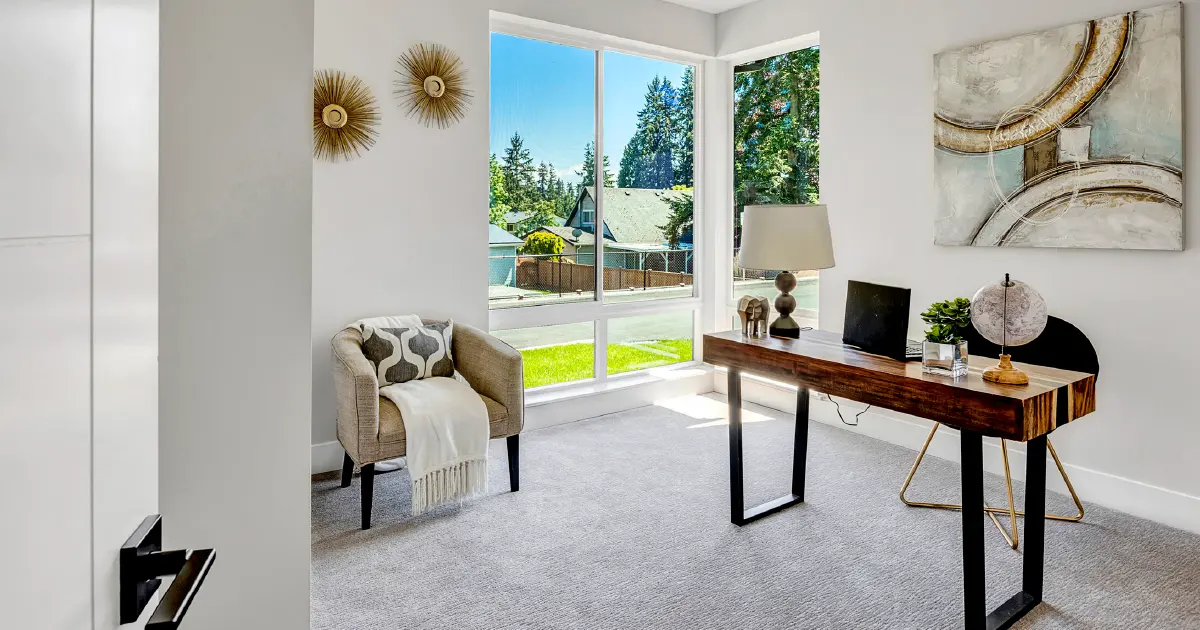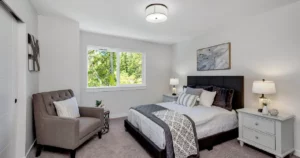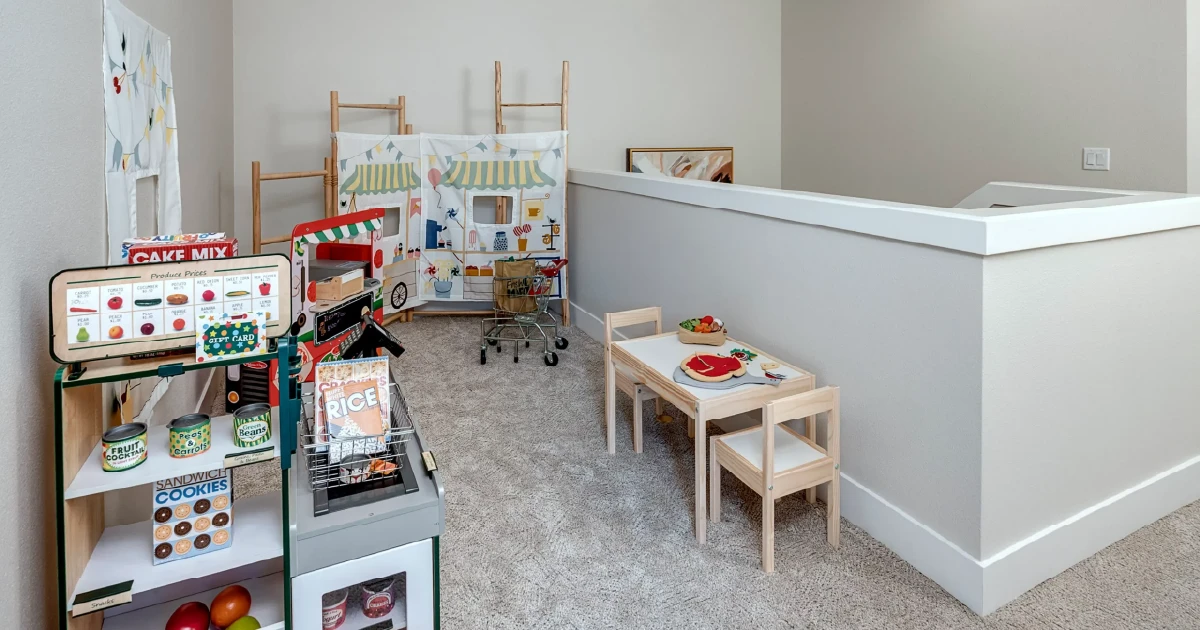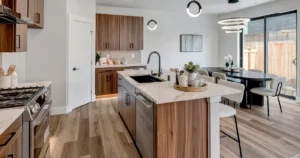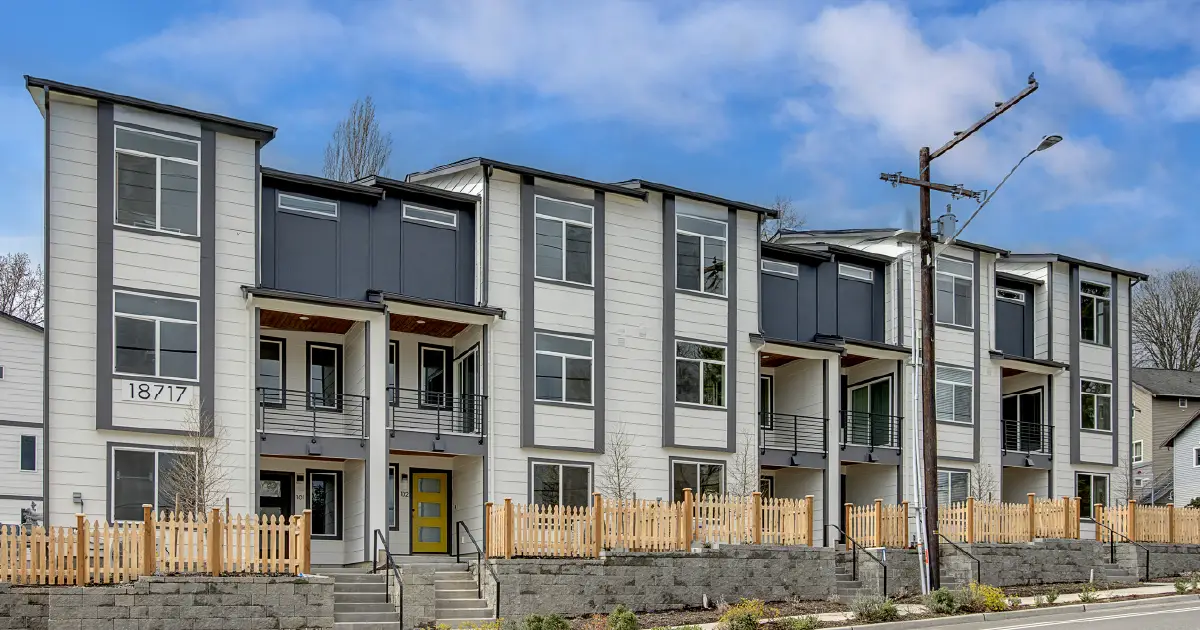A house warranty is important because it keeps your money safe.
Buying a house is one of the biggest financial choices you’ll ever have to make. When you look at single-family homes or modern townhomes for sale, keep in mind that your home is a safe, comfortable place where you can make memories that will last a lifetime. But it’s your obligation as a homeowner to take care of the major systems and equipment. It’s really crucial to understand how significant a house warranty is right now.
A home warranty can help you relax and save you hundreds of dollars on repairs you didn’t see coming. This guide will tell you how a house warranty works, talk about whether or not home warranty plans are worth it, and help you pick the best home warranty plans for your needs.
Why it’s important to get a warranty for your home
You have to deal with things that break when you own a home. HVAC, plumbing, and electrical parts, as well as appliances like refrigerators and washers, can stop working at any time. It could cost hundreds or even thousands of dollars to fix or replace something. This is when you can see how useful a house warranty is: it keeps your money safe and makes you less concerned.
Homeowners insurance covers damage from things like fire or theft, while a house warranty only covers mechanical problems that happen from normal use. It makes sure you know what to do if something goes wrong that won’t cost you a lot of money.
What is a home warranty and how does it work?
It’s not hard to understand how a house warranty works. If a system or piece of equipment that is covered by your warranty stops working, you call the company that gave you the warranty. They hire a contractor who knows what they’re doing to figure out what’s wrong and fix it. You generally have to pay a service fee, and the warranty will pay for the balance of the cost of fixing or replacing the item as long as you follow the rules of your plan.
Most warranties cover:
- Major appliances like refrigerators, dishwashers, and washers
- Heating and cooling systems like furnaces and air conditioners
- Plumbing systems like water heaters and garbage disposals
- Electrical systems like panels and wiring
This strategy saves you time and money, so you won’t have to rush to find a good repairman or pay a lot of money for repairs.
Do you think house warranty plans are a good idea?
A lot of people want to know if a house warranty is worth the money. It all depends on your scenario. A warranty could be quite helpful if you live in an older home or have appliances that are going to break down. Warranties defend you from unplanned expenses and give you peace of mind, especially on newer properties.
People who are buying a home for the first time and do not have the money to renovate it right away will find home warranties quite helpful. They also make your home worth more when you sell it. Buyers may be more interested in your house if it comes with a transferable warranty.
How to Pick the Best Home Warranty Plans
It might be hard to pick the best home warranty plans. Remember these important things:
There are many different kinds of covers. Plans that only cover appliances only cover kitchen and laundry appliances. Basic plans cover all the important systems, such as plumbing and heating and cooling. Comprehensive plans protect you the best because they cover both your systems and your appliances. The quality of the service network is also very important. Find out if the group has a good network of skilled contractors in your area. When you need repairs right away, it’s very important to have quick response times and skilled workers.
Customer service is also very important. Look for companies that make it easy to file a claim and have great customer service. You can get a sense of how reliable a company is by reading reviews on sites like Trustpilot or the Better Business Bureau.
Finally, compare the prices of different suppliers and make sure you know how much the service costs. You have to pay monthly premiums, but if you make more than one claim, the service fees might pile up.
New Home Warranty
If you buy a new house from a well-known builder, you might get a warranty on the building. For instance, MSR Communities worked with Quality Builders Warranty (QBW) to provide a 10-year structural warranty.
This includes:
- A one-year guarantee on the quality of the work, including the materials and how it was done
- A ten-year structural guarantee that covers proven structural flaws in the foundation and load-bearing parts
These kinds of warranties protect your money for a long time and make it worth more.
What a Home Warranty Can Do for You
A warranty on your home has more benefits than just saving you money. It lowers the cost of major repairs, makes sure that problems that come up out of the blue are fixed quickly, and raises the value of the home. Buyers are more likely to want your property if it comes with transferable warranties. This is quite helpful when selling townhomes or single-family homes.
How to Get the Most Out of Your Home Warranty
Read the fine print to learn what your warranty does and does not cover. Warranties don’t cover damage caused by neglect or bad care, so make sure to undertake regular maintenance. Learn how to file a claim and keep your papers close by so you can remedy the situation quickly.
Conclusion: Keep your money safe
A home warranty is more than just a nice thing to have; it’s a sensible financial choice that protects your investment and gives you peace of mind. There are many good things about having a house warranty. It might pay for expensive repairs and maybe even raise the value of your house when you sell it.
Find the best home warranty packages right now if you want to protect your money and your property. Also, while you’re at it, look at our lists of townhomes and single-family houses for sale to find the perfect one that will keep you safe.




